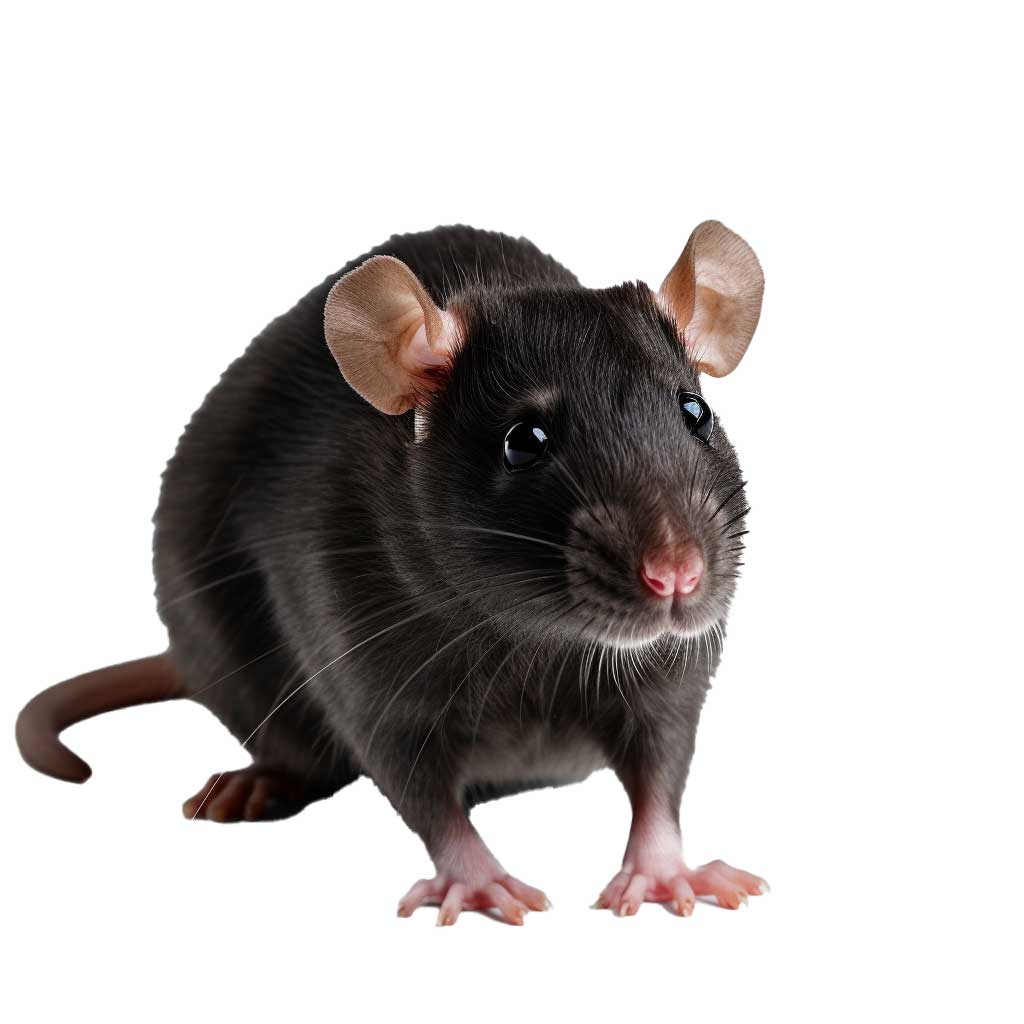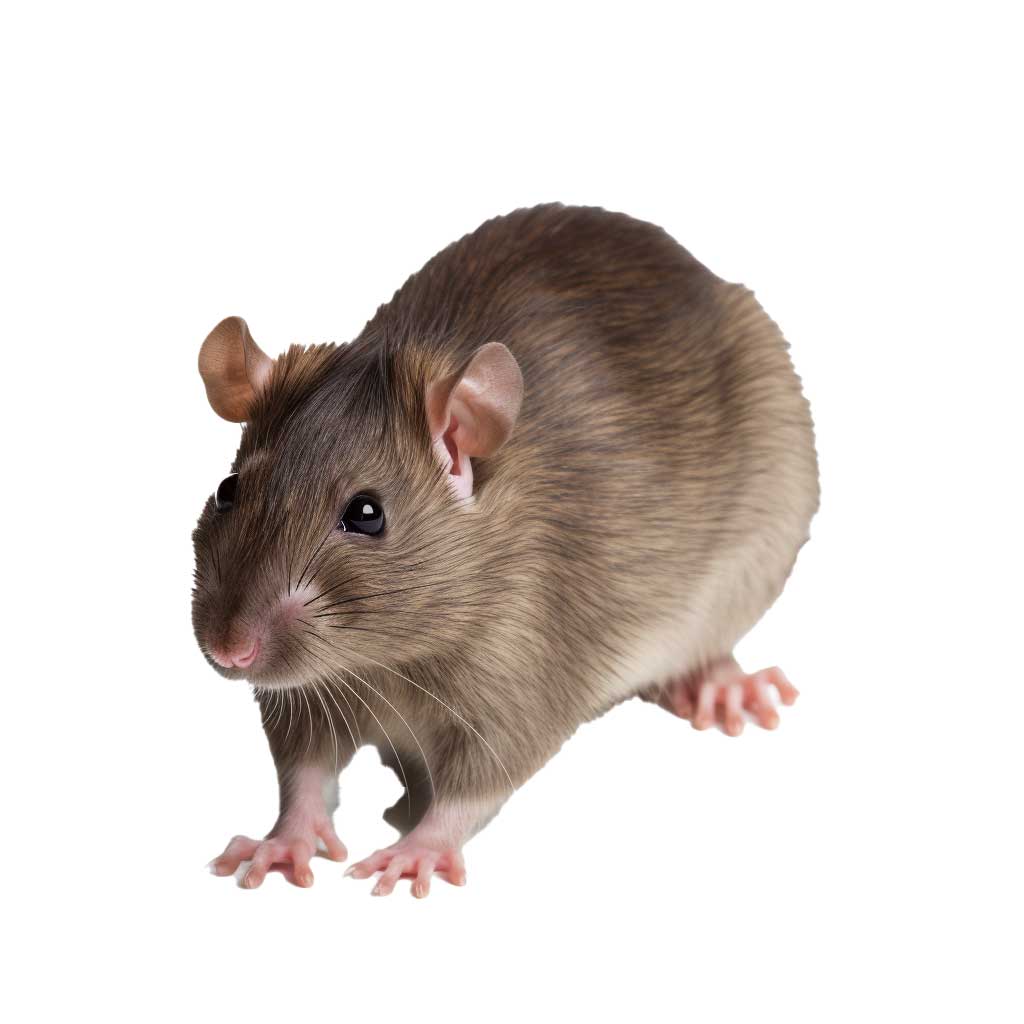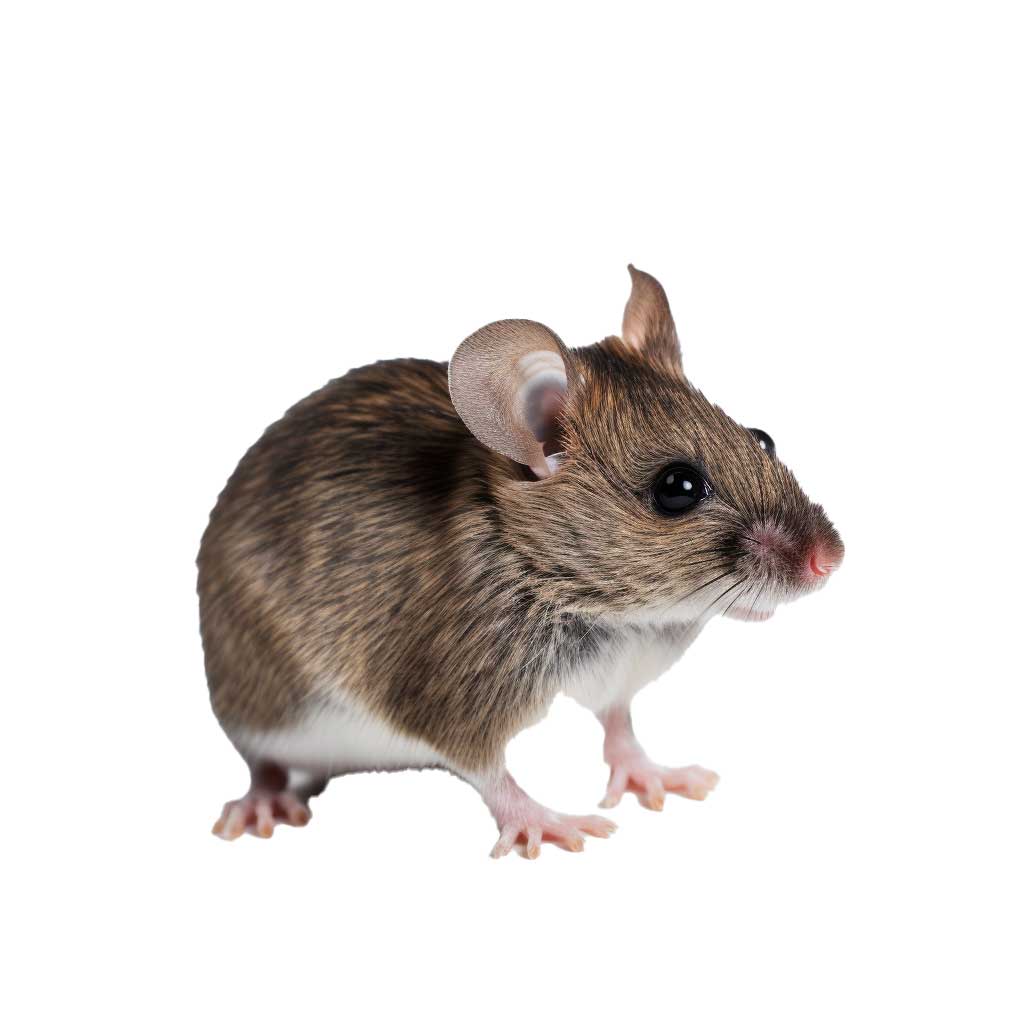03 6268 5397
In addition to being disease-spreading pests, rats and mice may be exceedingly destructive. You don’t want rats running about in your house or place of business. Rats and mice have caused significant food losses throughout history, rats continue to devour or contaminate enormous amounts of food, whether it is crops in the fields or food in supermarkets.
Understanding the biology and behaviour of mice and rats will help you determine the most efficient strategy to get rid of them without harming the environment.
What Rats Or Mice Do I Have?
There are 3 main Rodent species that we see in Tasmanian homes and businesses.
The roof rats are agile climbers and will often nest in buildings and roof voids. You may hear them scurrying during the night above you. They have large ears and eyes; their body type is light slender, and their tail is longer than the body and head. They weigh up to 200g (adult), normally lives 9-18 months and may have 4-5 litters per year with 6-8 young. They are able to breed at 3-4 months old.
The roof rat is the smallest and more delicately built of the nuisance rodents. The roof rat will build its nest in wall and roof spaces, although it may roam and eat anywhere in the building. The roof rat often thrives in urban environments because its exceptional climbing skills allow them to access a variety of nesting places, frequently in the higher portions of buildings.


Norway rats are usually active at night and are good swimmers and diggers. They have a blunt nose, small ears and eyes, the body is heavy set, and their tail is shorter than body and head. They weigh up to 450gm (adults), normally live 9-18 months and may have 5-6 litters per year with 8-10 young. They are able to breed at 3-4 months old.
The Norway rat is a pest that is exceedingly common in Australia and may be the most harmful to the country’s economy. It infests grain storage facilities, household residences, sewers, waste transfer stations, warehouses, industries, mills, farms, stores, supermarkets, and many other places that provide refuge and food.
Outside of buildings, these rats mainly reside in tunnels that dig under stream banks, beneath buildings, and under garbage heaps, among other places. The majority of nests in structures are found in wall voids, roof voids, and other areas that provide secluded, undisturbed areas for refuge and access to food and water.
The house mouse is a small species of mice, who can live indoors and outdoors, generally within close proximity to humans. They weigh around 20g and tend to live for about 1 year and may have 6-10 litters per year with each having 5-6 young. They are able to breed from about six weeks.
House mice that live indoors are often a deep grey shade with a lighter grey belly, but those that live mostly outdoors are sandy or yellow brown in colour. Due to their small size, they can enter buildings more easily than rats and have access to a wider variety of nesting locations. Mice are far more inquisitive and expressive than rats; they are excellent climbers, jumpers, and swimmers, but they do not appear to swim very often.

The presence of droppings aids in the identification of the rodent species. When glossy, black, and pliable, it indicates recent activity. Within 2-3 days, they grow dull, hard, and dry out; after a while, they may be attacked by insects.
Roof Rat (Black Rat) – Droppings have pointy ends and measure 12 to 13 mm. They may be hard and dry if they are older or soft and wet if they are new.
Norway Rat(common rat) – These droppings are capsule-shaped with blunt edges and measure around 18mm in length.
House Mouse – They are typically even tiny than a grain of rice in size. Since mice are smaller than rats, it seems natural that their droppings are also smaller. Measuring 3-4mm pointed.
Rodents are drawn to houses and other structures for a variety of reasons, but their fundamental requirements for food, water, shelter, and safety are what attracts them most. You may take action to avoid rodent infestations by being aware of these issues.

Nathan King
Rodents are attracted to business premises for many of the same reasons they are drawn to homes, primarily related to their basic needs for food, water, shelter, and safety. Understanding these factors can help businesses take proactive measures to prevent rodent infestations.
If neighbouring businesses have rodent problems, rodents may migrate from one establishment to another, contact our friendly team for a great deal for you and your neighbouring business!
Methods of treatment may include:
Rats are most active between dusk and dawn, you may here them scurrying in the night. There is other signs to look for:
The Scorpion technicians employ a variety of treatment methods depending on the location and severity of the infestation.
No, we do not put bait in any roof cavity as you run a higher chance of the rat or mouse eating the bait and dying in the roof space which will leave an unbearable odour.
Yes! Scorpion technicians will use a lockable bait station. The station is then placed in high activity areas, where the bait is only accessible by key.
A decrease in rodent sightings, droppings, and gnaw marks is a positive indication. It’s essential to continue monitoring and maintaining control efforts to prevent re-infestation.
Rodents can cause devastating damage to a wide variety of settings, such as domestic households, commercial business, livestock and farms. Rodents gnaw through many materials, spread disease, damage wiring and ruining food by contamination.

Linden Elliott
Please select residential or commercial then complete the required information.
